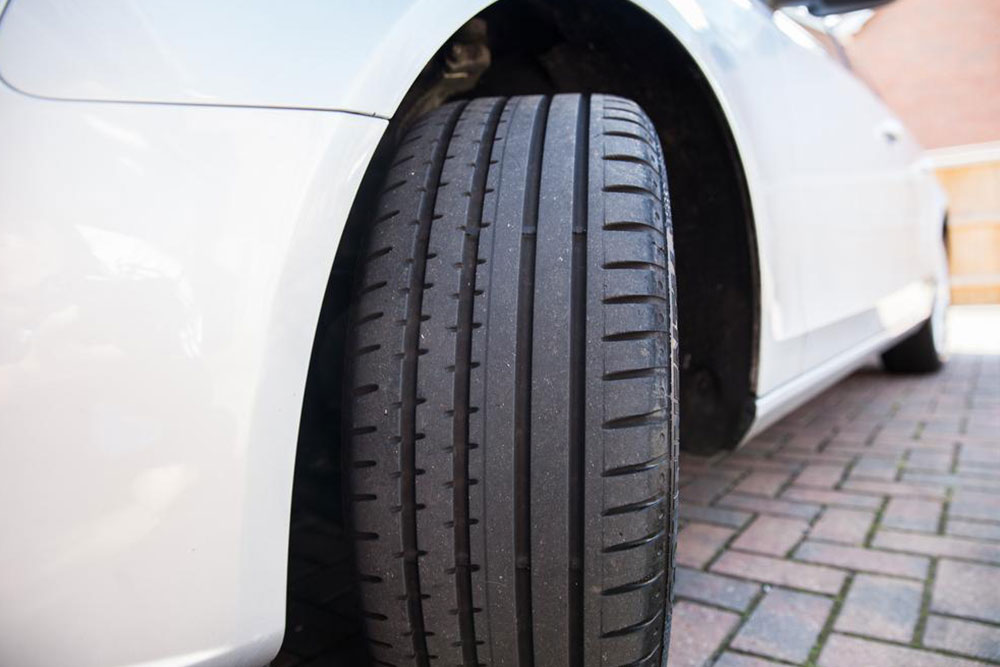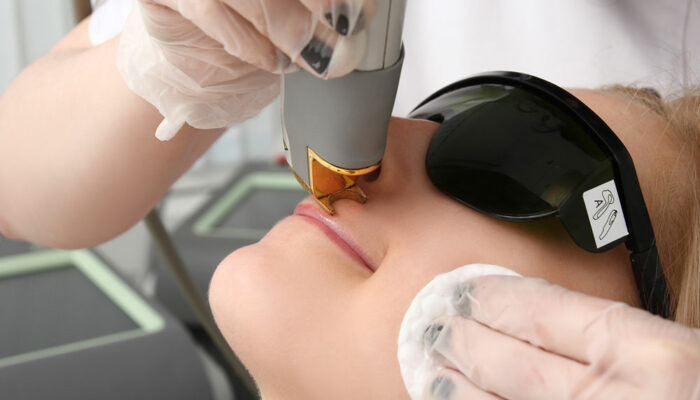
10 Tips for Car Tire Safety
The safety of you and your passengers is important for all drivers and they are willing to take a few extra steps to ensure that. Car tire safety can be ensured by following the tips and guidelines mentioned herein. These tips not only ensure a long life for the tires but also ensures safety while you drive the car. The importance of car tire safety can never be understated. The following tips will help ensure the safety of your car tires:
1. Tire gauge
Buy a tire gauge and keep it in the car. It is a small investment that is useful to detect air pressure yourself. A tire gauge will help you find out if the air pressure is low, so you can get air filled on time. Running the car on low air pressure affects fuel efficiency.
2. Air pressure
Keep the air pressure in the tires as recommended by the manufacturer. Never use lesser or higher pressure.
3. Rotate your tires
Rotate car tires regularly. Most car tires need to be rotated every 6,000 miles. Doing so ensures proper distribution of wear and tear on all tires. Car rotation prevents uneven wear and tear and can save you money spent on tire replacement.
4. Safety in rainy weather
Drive slowly when it is raining. It is a simple tip, which unfortunately is not followed, causing accidents. Hydroplaning is a risk that can happen if you hit a car puddle at high speed. Driving slowly allows a better grip on wet roads. You may reach your destination a little late, but you will reach safely for sure.
5. Align the wheels
Get the wheels aligned. When you get your car serviced, ask for a wheel alignment to be done to prevent pulling of the tire to one side. It also prevents uneven wear and tear on tires. Ideally, you need to get a wheel alignment done once a year or every 10,000 miles, whichever is earlier.
6. Wheel balancing
Wheel balancing is different from wheel alignment. It restores any imbalance that can lead to vibrations while driving. Balancing is usually done along with tire rotation, that is, after driving 6,000 miles.
7. Tire treads
Check the tread on the tire to find out how much wear and tear has occurred. You can use a penny coin to do the same. If you see the top of the head on the coin, it indicates more damage, and it may be time to replace the tire.
8. Punctured tires
Don’t drive the car for long if it is punctured. You can drive a car with a punctured tire if you have tubeless tires. However, doing so damages the tire. So, drive only until you reach a convenience place, replace the punctured tire immediately, and get the puncture fixed.
9. Keep cargo weight light
Don’t overload your vehicle with passengers or luggage. It puts extra pressure on the tires and can lead to tire damage. Follow the load recommended by the manufacturer.
10. Types of tires
Use all-season or winter tires if you are driving in low-temperature regions, irrespective of whether it is snowing. Doing so enhances safety and ensures a better grip on the road. The car tire safety tips presented herein are useful and handy for car owners to follow. Adhering to these guidelines ensures that the car tires last long and makes driving safe.



